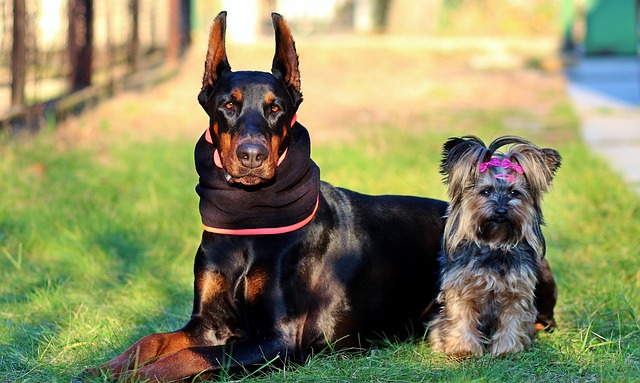
How to play with a dog on a hot day
When the sun blazes and the air feels like a warm blanket, your dog’s usual zoomies around the park might turn into listless stares at the door
It’s a stormy evening in your suburban Texas home, and thunder rumbles in the distance. Your normally playful Beagle has vanished under the couch, trembling with ears flattened and tail tucked. Or maybe it’s a busy weekend at the community park, and the sound of kids laughing sends your rescue pup into a panic, pulling hard on the leash. Dog anxiety shows up in many forms—pacing, excessive licking, or hiding—and as a new owner, knowing how to soothe them can turn stressful moments into bonding opportunities.
Anxious behavior in dogs stems from their natural instinct to seek safety in familiar environments. When stressed, their bodies release cortisol, the “fight-or-flight” hormone, which revs up their nervous system. Gentle, consistent interactions help lower these cortisol levels, creating a sense of security. Think of it like how a favorite blanket calms a nervous child—familiarity and gentle care work the same magic for dogs.
Start by creating a “safe zone” in your home. If you live in an apartment, set up a quiet corner with their bed, a worn t-shirt that smells like you, and a favorite stuffed toy. During storms or loud gatherings, guide them there with a calm voice—no rushing or forcing. Offer a puzzle toy stuffed with freeze-dried treats; the mental focus needed to get the goodies distracts from stress, like how solving a puzzle calms a worried mind. Gentle touch helps too: slow strokes on their chest or under the chin (avoiding overstimulating the head) releases oxytocin, the “calm hormone.”
In the U.S., responsible pet care means more than soothing anxiety. Keep your dog’s rabies vaccine current—states like California and Texas require it by law, and most groomers or dog parks will ask for proof. When out for walks, always pack poop bags; cities like Denver fine up to $100 for leaving waste, and it’s basic park etiquette.
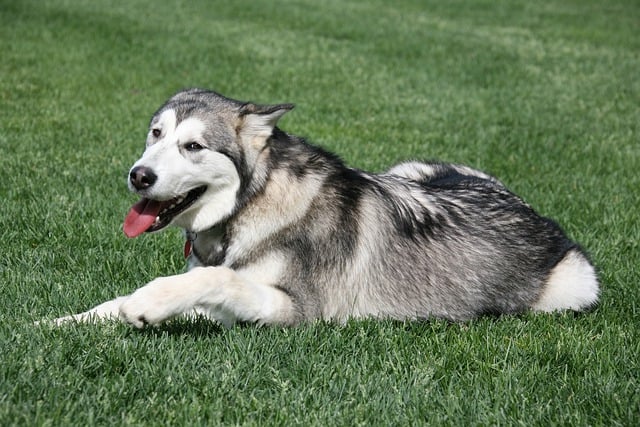
Culturally, never scold or punish an anxious dog—fear worsens cortisol spikes, making anxiety worse. Instead, reward calm behavior with praise or a treat. In apartments, avoid leaving anxious dogs alone for long stretches; a bored, stressed pup might bark, disturbing neighbors. When walking, keep them leashed in busy areas, and let them approach new people or dogs at their own pace—respecting their comfort builds trust.
With patience and these simple steps, you’ll learn to read your dog’s anxiety cues and turn tense moments into chances to strengthen your bond.

When the sun blazes and the air feels like a warm blanket, your dog’s usual zoomies around the park might turn into listless stares at the door

Dogs sense our moods like little emotional barometers, but calming them doesn’t need fancy tricks. First, carve out their own quiet nook: a plush bed away from foot traffic, maybe near a window where they can watch birds.
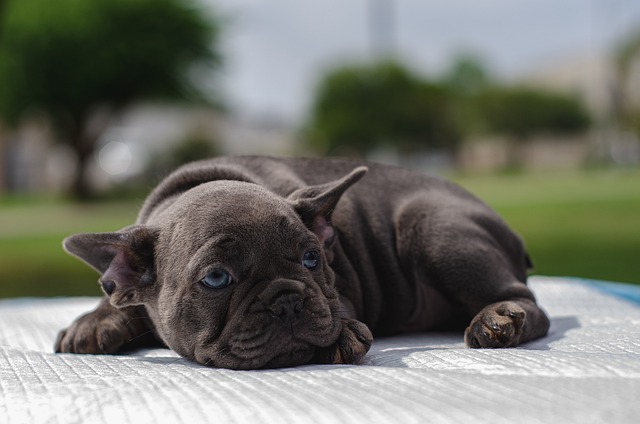
French bulldogs—with their squishy faces,bat-like ears,and wiggly tails—are hard not to adore.But their cute,compact bodies come with some unique physical traits that can put extra strain on certain parts of their anatomy,including their backs.

Watching a beloved dog grow old is a mix of joy and quiet sorrow. Those graying muzzles and slower steps hold a lifetime of memories, but as their bodies wind down, subtle shifts start to show.
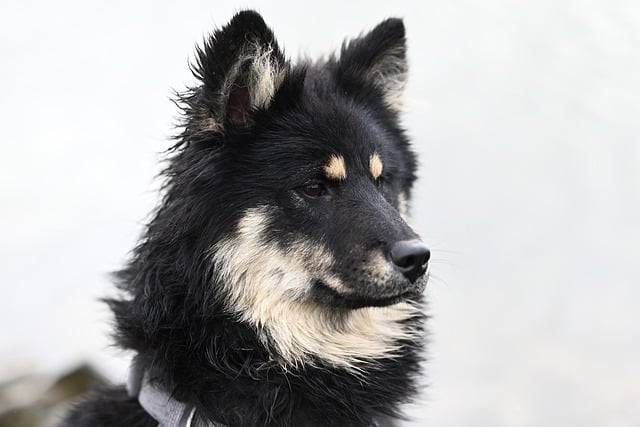
Watching your dog gray around the muzzle and slow down a little can tug at the heart, but aging doesn’t mean losing that spark.
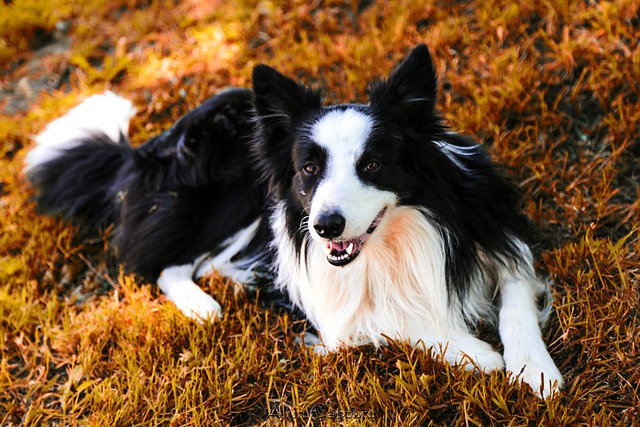
That panicked scramble when you turn on the garden hose or your pup's sudden refusal to step in a rain puddle - while viral videos show Labs gleefully diving into ponds